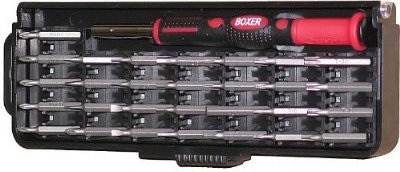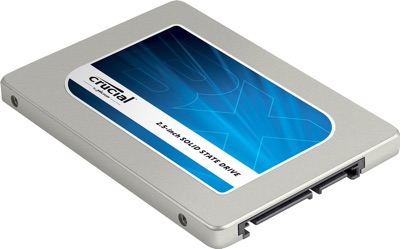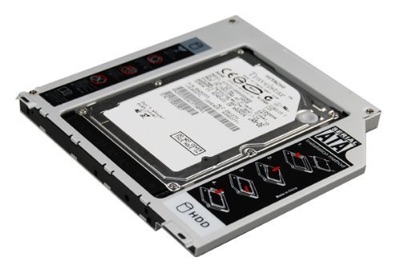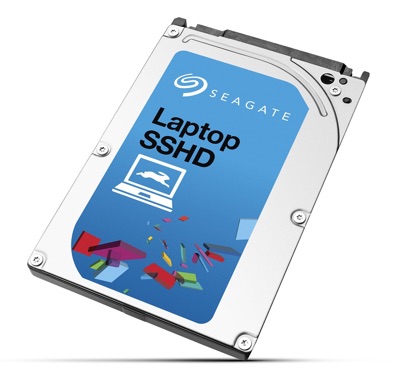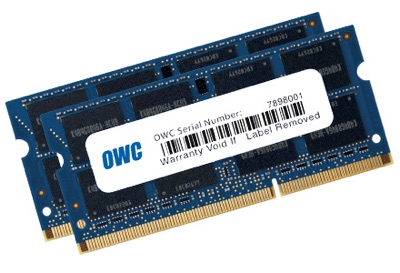Upgrade Your Old MacBook Pro to Retina-Like Speeds with a Solid State Drive
To get your hands on a decked-out MacBook Pro with Retina display, you’re looking at spending $3,600+. And that’s without AppleCare. With a price tag like that, you should step back and ask yourself if there is a better way to spend your money. Or, the better question, is there a way to spend a fraction of that and be just as satisfied with your purchase?
I asked myself this only recently, and the answer was yes. More specifically, the answer was to upgrade my mid-2012 MacBook Pro and hold off on making the jump to Retina display for another few years.
Fortunately for me, with the right know-how, this isn’t too difficult, and it will end up saving me about $3,000 in the end. Fortunately for you, I documented the process.
So, let’s get started…
Tools You Will need
Torx T6 screwdriver & Philips #0 screwdriver
I suggest the Boxer 30 piece Precision Screwdriver Set. It includes the T6 and #0 bits, and so much more.
Essential Upgrades
Crucial BX100 Solid State Drive
I’ve installed over a hundred crucial drives and not one has failed yet.
120GB, 250GB, 500GB, 1TB
Hard Disk Drive Caddy Adapter for Unibody MacBook and MacBook Pro
One size fits most 13″ 15″ 17″ MacBook and MacBook Pros.
A Larger Secondary Hard Disk Drive (You can use your original HDD)
I suggest the Seagate 1TB Laptop SSHD.
Maxed Out RAM in Your MacBook Pro
I only trust OWC for memory.
Doing the Upgrade
The hardware upgrade is straight forward, but if you’ve never done something like this before, move slowly, track your screws, and be careful not to damage any of the delicate ribbon cables inside your computer.
A Step-by-Step Guide to What I Did on the Video:
- Remove the 10 screws holding lower case to the bottom of your computer, pop off the case
- Remove the hard disk drive
- Remove the memory
- Remove the optical drive
- Install the new solid state drive
- Install the new memory
- Install the old drive or a newer larger hard disk drive in the drive caddy adapter
- Install the drive caddy Adapter in the optical bay
- Pop the lowercase back onto the unibody and secure it with the 10 screws
- Install OS X to your new drive
- Keep your new solid state drive healthy and running blazing fast by enabling TRIM support
Installing OS X 10.10 Yosemite to your new Solid State Drive
After you’ve successfully upgraded your machine you’ll be left with a blank Solid State Drive, so now it’s time to install OS X:
- Head over to Ars Technica and read Andrew Cunningham’s Guide to making a bootable OS X 10.10 Yosemite USB install Drive
- With your computer powered down, insert the USB drive into an available USB port
- Hold down the Option key then press and release the power button (while still holding the Option key)
- This should bring up a list of bootable drives (now you can release the Option key), which in your case will likely be one (unless of course you placed your old drive in the optical bay)
- Choose the OS X 10.10 installer and boot your computer
- Click the Utilities menu and choose Disk Utility…
- Locate you new Solid State Drive, select it, choose Partition and select 1 Partition from the drop-down menu
- Name your drive (PrimarySSD sounds cool) and choose Mac OS Extended (Journaled) as your format type
- Under options, be sure to select GUID Partion Table, then click OK and Apply
- Now that your drive has been properly formatted, quit Disk Utility and follow the prompts to install OS X on your system
Questions & Answers
This looks really hard what should I do?
If this all seems overwhelming, you can simplify the whole process by only removing your old hard disk drive and replacing it with a sizable solid state drive; I promise anyone can do that portion. I’d also suggest maxing out your memeory as well, as it is also very easy. Doing only those two upgrades is very simple and requires a lot less work.
What’s the best way to get my files off of my old drive and onto my new SSD?
There are lots of different ways to go about this. I’ll list the two most effective ways below.
- If you put your old drive in the optical bay, you’ll have a chance to import your user account during the OS X installation process. Simply target that drive and choose to import your entire user account.
- If you installed a new larger hard drive or didn’t swap out the optical drive, you can attach your drive to the USB port on your computer using a USB 3.0 to 2.5″ SATA III adaptor and import your data during the installation process of OS X.
You said my MacBook Pro would be as fast as a MacBook Pro with Retina display, is that true?
No, it’s not true and I didn’t say that exactly. :-) Your MacBook Pro will be 4x to 6x faster than your old configuration. If you really want to push the envelope, consider installing two Solid State Drives and setting up a striped raid. This will get you closer to that Retina performance you were hoping for.
I tried to do the upgrade and I’m clearly in over my head. What do I do now?!
Leave a comment here or holler at me via twitter @joecorbett. I’m here to help! Good luck!
Header image stolen from: MP-R via DeviantArt
Submitted To Apple, Guide, OS X
Like what you read? Share it.
(That helps us.)
Love what you read? Patronize Joe Corbett.
That helps us and the writer.
What is Patronizing? Learn more here.


